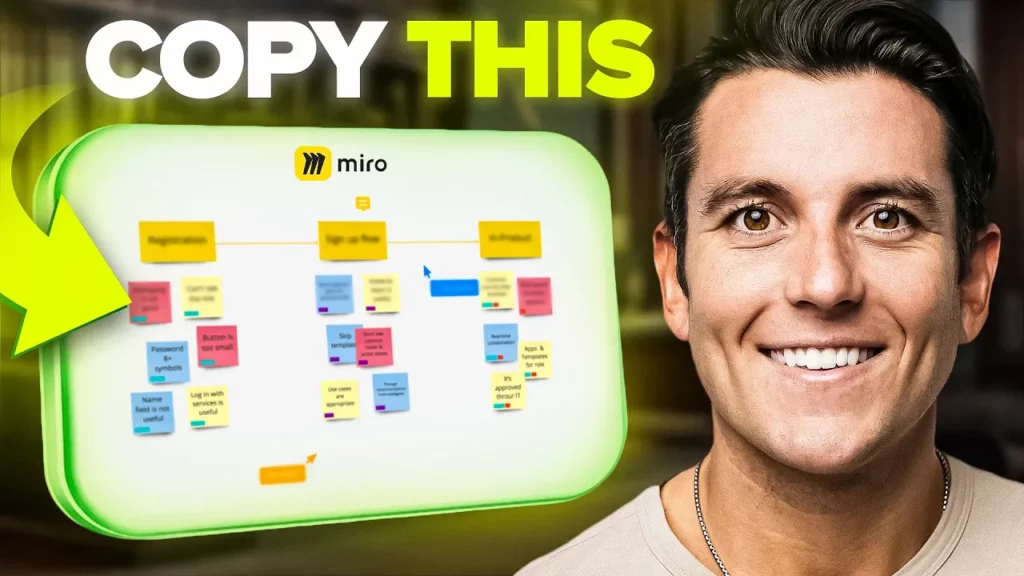In the realm of AI technology, AI voice agents have become a crucial tool for businesses, streamlining both inbound and outbound phone calls. However, the process of constructing an AI voice agent involves strategic planning and execution across five fundamental steps. Understanding these steps is key to crafting a flawless AI voice agent that can seamlessly interact with users.
Step One: Choosing the Right Transcription and Speech Models
The initial step in building an AI voice agent is selecting the ideal transcription and speech models. Factors such as accuracy, speed, and cost play a significant role in this decision-making process. By leveraging platforms like Artificial Analysis, which rank different speech-to-text AI models, developers can identify models like whisper large V3 that offer high accuracy, speed, and affordability.
Step Two: Selecting the llm Model
Following the transcription and speech model selection, attention shifts to choosing the llm model. This model takes transcribed text and generates responses, forming the core of the AI voice agent. Quality, speed, and cost are essential considerations when evaluating llm models, with platforms like GPT 40 and Gemini 1.5 Flash standing out for their performance in these areas.
Step Three: Crafting an Effective llm Prompt
The llm prompt serves as the blueprint for the AI voice agent’s interactions. Components such as role definition, task assignment, examples, and notes are crucial in shaping the agent’s responses and behaviors. Engaging with scientific research on prompting and utilizing feedback loops for refinement are recommended strategies for crafting effective llm prompts.
Step Four: Establishing a Knowledge Base
An AI voice agent’s knowledge base is a repository of contextual information that guides responses to user queries. Context and example knowledge bases play distinct roles in providing relevant information to the agent for accurate and efficient interactions. Strategies like removing irrelevant data, increasing retrieval chunks, and offloading reasoning to tools enhance knowledge base performance.
Step Five: Utilizing Tools for Real-World Actions
Tools enable AI voice agents to perform practical tasks such as booking appointments or providing product information. Leveraging non-AI logic where feasible, minimizing agent reasoning, and using tools for data retrieval through web hook responses are effective practices for enhancing the agent’s capabilities.
By meticulously following these five steps – from model selection to tool integration – developers can create AI voice agents that deliver exceptional user experiences and streamline business communications effectively. Mastering these steps is essential for building the perfect AI voice agent that meets the demands of modern businesses and customers.












